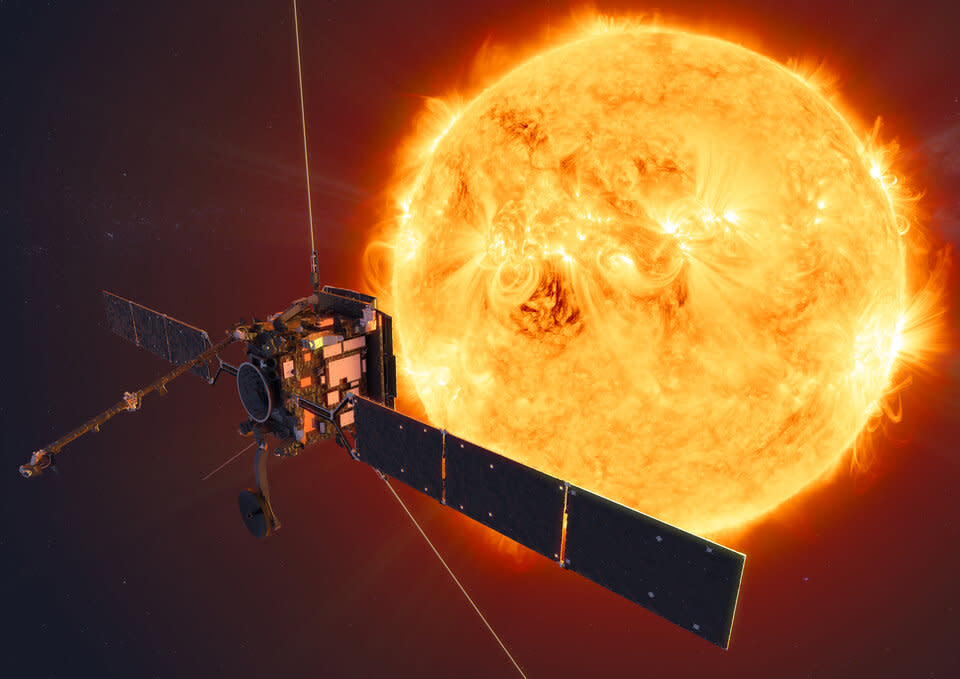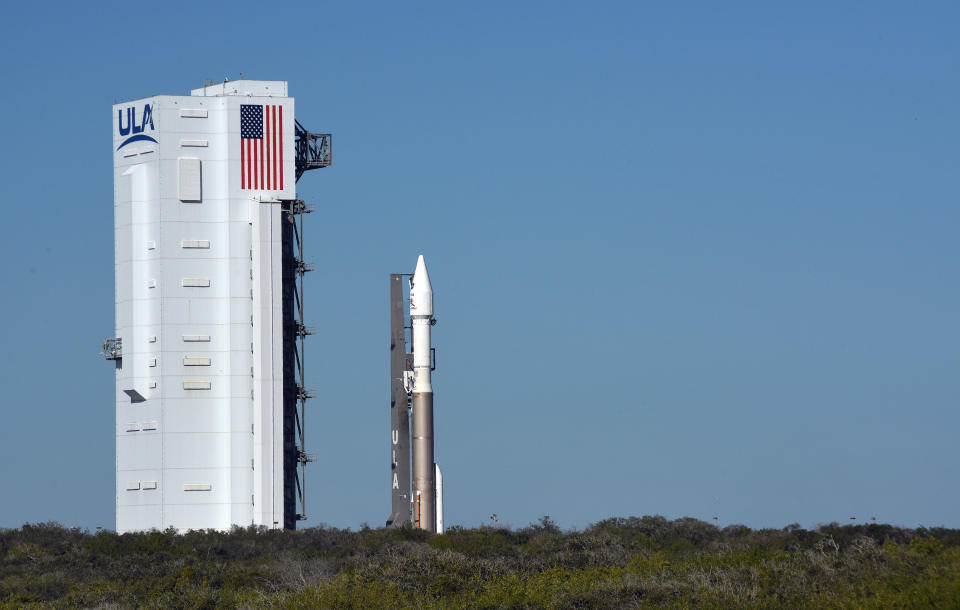UK-built spacecraft skims past the sun to capture closest image ever taken

A UK-built spacecraft is skimming the surface of the sun in a daring mission to capture the closest image of our own star in history.
This week, the craft undertook its first close pass – known as a perihelion – of the sun and it will edge even closer over the coming years.
The European Space Agency’s (ESA) Solar Orbiter came within 47 million miles of the sun’s surface on Monday, after launching in February.
Read more: Q and A - everything you need to know about Solar Orbiter
Over the next week, the spacecraft’s 10 science instruments, including six telescopes, will take the closest image of the sun ever created, although it won’t reach us until mid-July.
“We have never taken pictures of the sun from a closer distance than this,” said Daniel Muller, the ESA’s Solar Orbiter project scientist.

“There have been higher resolution close-ups, e.g. taken by the four-metre Daniel K Inouye Solar Telescope in Hawaii earlier this year.
“But from Earth, with the atmosphere between the telescope and the sun, you can only see a small part of the solar spectrum that you can see from space.”
NASA’s Parker Solar Probe will fly closer – it’s going to the first spacecraft to fly into the million-degree surface of the sun, its corona.
Read more: Solar Orbiter has a cosmic rendezvous with a comet’s tail
But unlike Solar Orbiter, the Parker Solar Probe doesn’t have telescopes built to aim at the sun and take pictures.
The test is being carried out to prove that Solar Orbiter’s telescopes are up and ready for future scientific observations.
Other instruments will also provide an insight into the environment around the spacecraft, such as the magnetic field and the particles making up the solar wind, which could yield “new and exciting results”.
It comes as Solar Orbiter begins its cruise phase, which will last until November 2021.
After this, it will enter the main science phase, getting as close as 26 million miles to the sun’s surface – beyond that of Mercury, the closest planet to orbit the sun.
“We have a nine-hour download window every day but we are already very far from Earth so the data rate is much lower than it was in the early weeks of the mission when we were still very close to Earth,” Muller continued.
“In the later phases of the mission, it will occasionally take up to several months to download all the data because Solar Orbiter really is a deep space mission.
“Unlike near-Earth missions, we can store a lot of data on board and downlink it when we are closer to home again and the data connection is much better.”
Space Orbiter was constructed by Airbus in Stevenage, Hertfordshire, and blasted off from Nasa’s Cape Canaveral site in Florida on 10 February.

 Yahoo News
Yahoo News 

